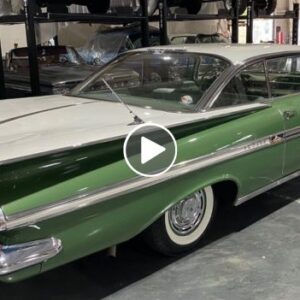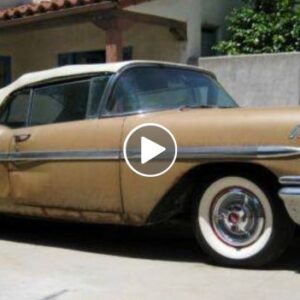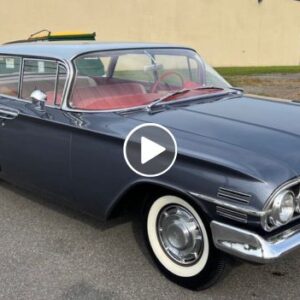The 1955 Holden FJ is an iconic Australian car that holds a special place in the hearts of automotive enthusiasts and history buffs alike. Manufactured by General Motors-Holden (GM-H), the Holden FJ was the second model in the Holden range and played a crucial role in shaping the Australian automotive landscape. With its classic design, reliability, and significance in Australian culture, the 1955 Holden FJ continues to be celebrated as a true Australian icon. In this 2000-word article, we will delve into the history, design, features, and lasting legacy of the 1955 Holden FJ.
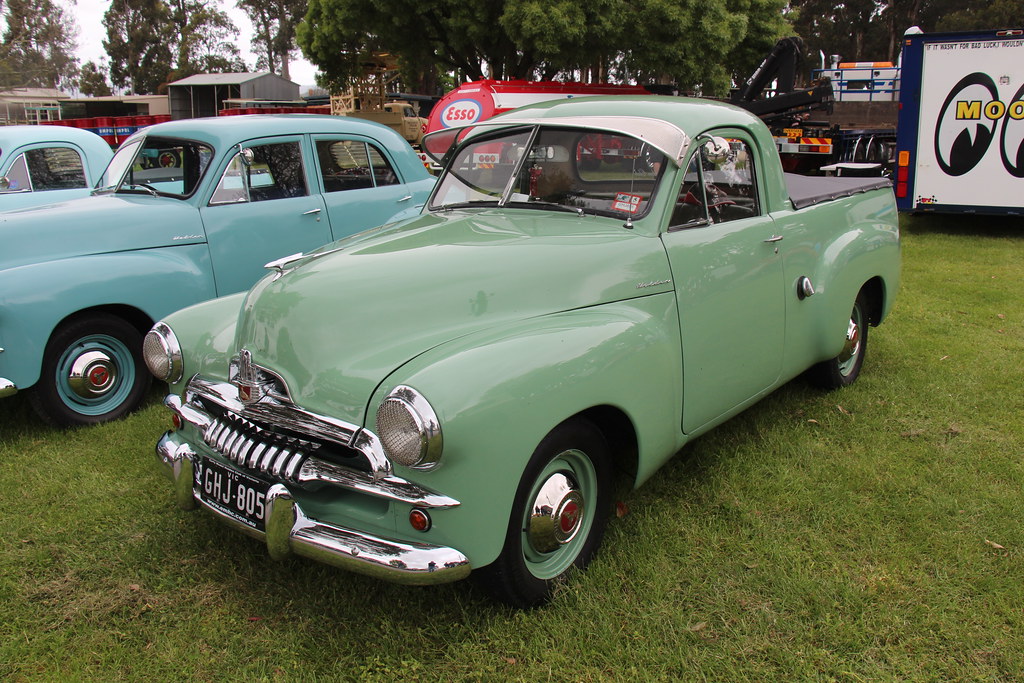
Historical Background

The Holden FJ was introduced in 1953 as a successor to the original Holden 48-215, commonly known as the Holden FX. The FX was the first mass-produced car designed and built in Australia, making its debut in 1948. It marked the beginning of automobile manufacturing in the country and quickly became a symbol of Australian ingenuity and self-sufficiency.
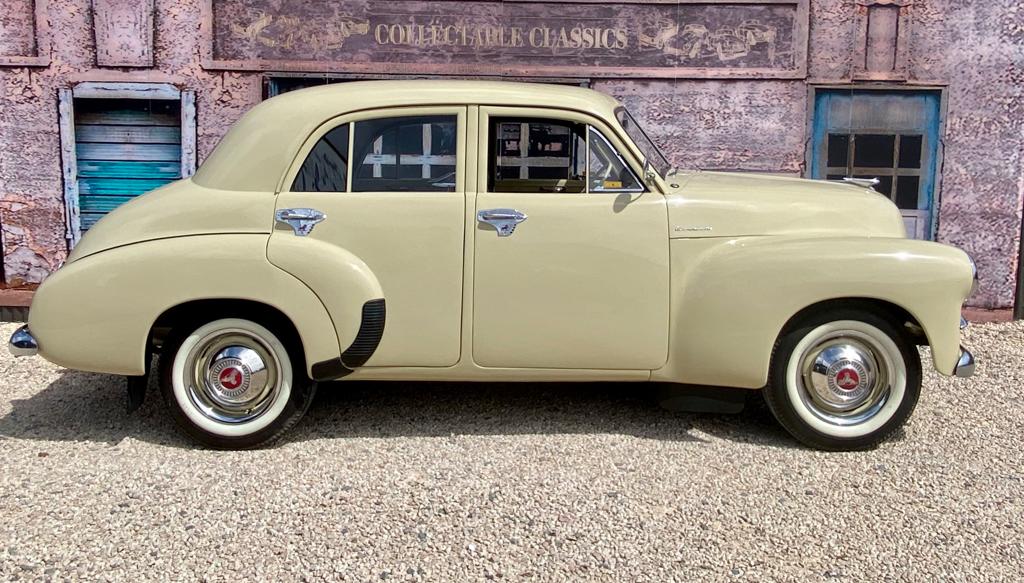
By the time the Holden FJ was launched in 1953, Australia was transitioning from post-war reconstruction to a period of economic growth and prosperity. The FJ was designed to build on the success of its predecessor while incorporating updates and improvements based on customer feedback.
Design and Styling
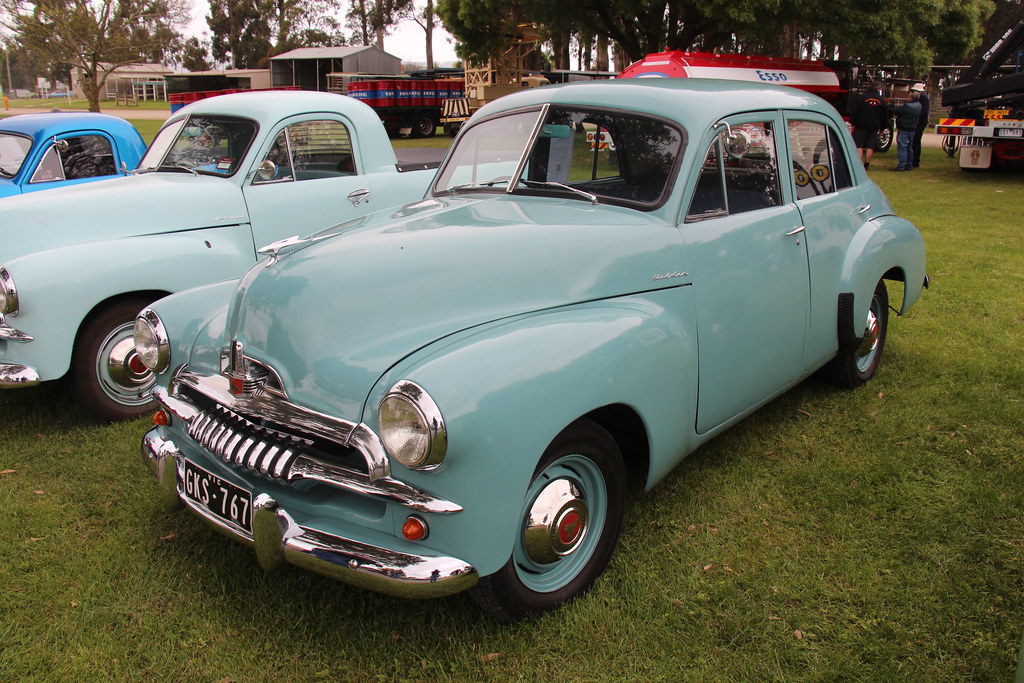
The 1955 Holden FJ retained many design elements from the original FX, reflecting continuity and familiarity for customers. However, it also featured several key design updates that gave it a fresh and modern look. The exterior design was more streamlined and rounded, with smoother lines and a more polished appearance.
The FJ boasted a distinctive chrome grille, flanked by large headlights that gave the car a confident and assertive front end. Its two-tone paint schemes, available in a range of colors, added a touch of elegance and individuality.

The interior of the FJ was designed for comfort and convenience. The cabin featured bench seats with ample space for passengers, and the dashboard incorporated clear and easy-to-read instrumentation. The car’s large windows provided excellent visibility for both the driver and passengers.
Engineering and Performance
Under the hood, the 1955 Holden FJ was powered by a 2.2-liter “Grey” six-cylinder engine. This engine produced approximately 60 horsepower, providing sufficient power for the car’s intended use as a family sedan and daily driver.
The FJ came with a three-speed manual transmission as standard, which allowed for smooth and reliable gear changes. While not a high-performance sports car, the FJ was designed for reliable and comfortable transportation, making it a practical and popular choice for Australian families.
Popular Variants and Features
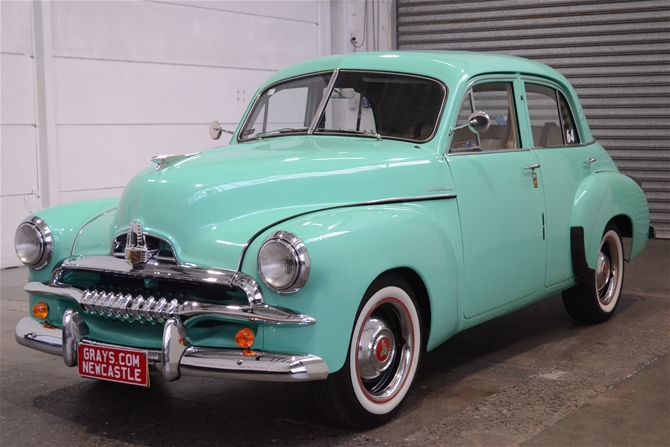
The 1955 Holden FJ was offered in several variants, catering to various customer preferences and needs. The main variants included:
Standard Sedan
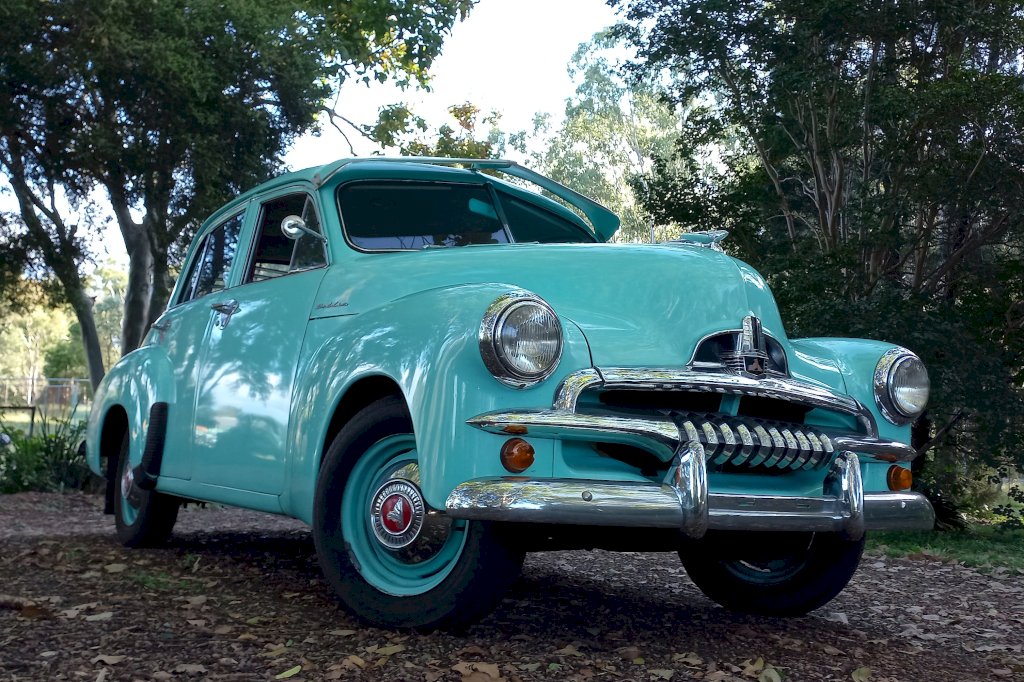
The standard sedan was the most popular and widely produced variant. It was designed as a comfortable and affordable family car, making it accessible to a broad range of Australian families.
Special Sedan: The special sedan offered additional features and upgrades, such as chrome moldings, armrests, and better-quality upholstery. The special variant was seen as a step up from the standard model, appealing to customers seeking a more premium experience.
Business Sedan
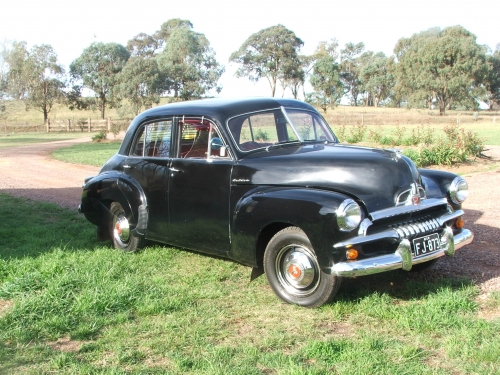
The business sedan variant was designed as a practical and utilitarian option for commercial use. It had a simpler interior and fewer luxury features, making it suitable for businesses and fleet customers.
Utility (Ute)
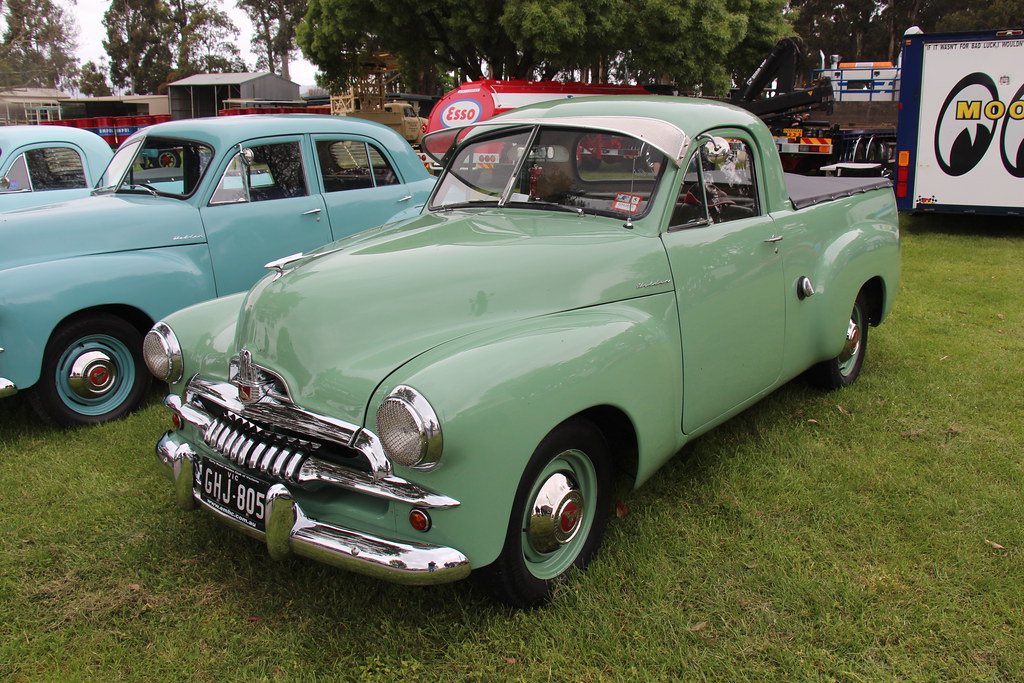
The utility variant, commonly known as the “Ute,” was a versatile and popular choice for tradespeople and farmers. The Ute featured an open rear tray, providing ample space for transporting goods and equipment.
Panel Van
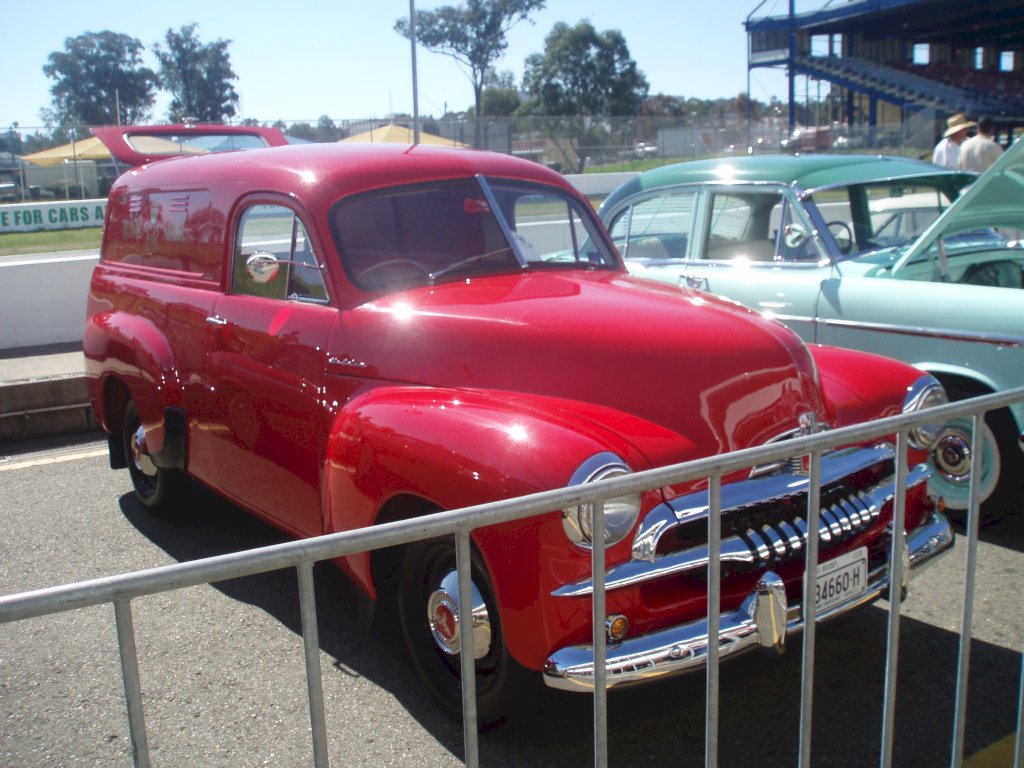
The panel van variant was designed for commercial purposes, offering a fully enclosed rear cargo area suitable for carrying goods and equipment.
Cultural Impact and Enduring Legacy
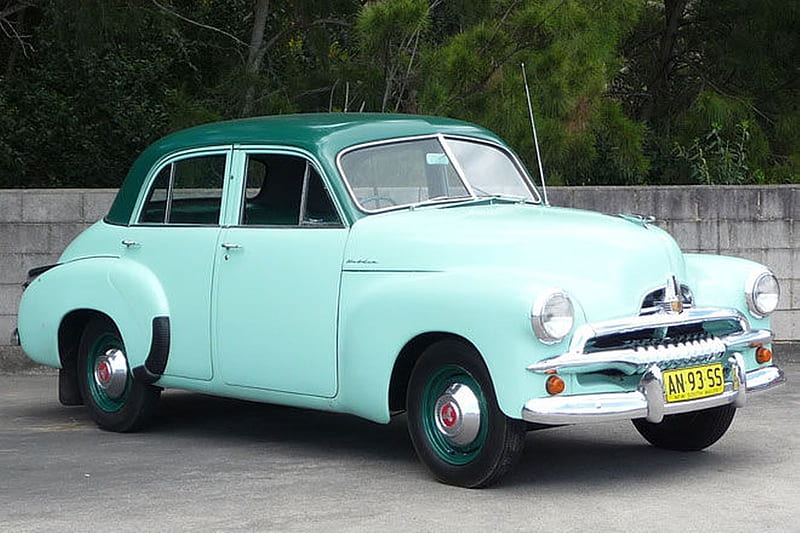
The 1955 Holden FJ holds a significant place in Australian culture and history. As the second model in the Holden range and a continuation of the iconic Holden FX, the FJ represented the evolution and growth of the Australian automotive industry.
The FJ quickly became a symbol of Australian ingenuity, self-reliance, and determination. It was proudly manufactured in Australia, employing local workers and using locally sourced materials. The success of the Holden FJ showcased Australia’s ability to compete in the global automotive market, establishing GM-H as a major player in the industry.
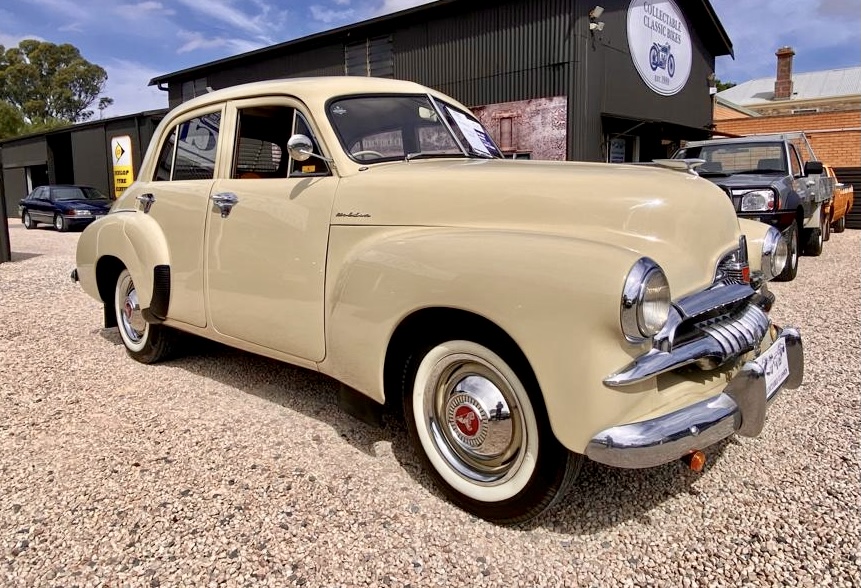
Beyond its economic impact, the 1955 Holden FJ became deeply ingrained in Australian popular culture. It was featured in films, television shows, and advertisements, further solidifying its status as an enduring Australian icon.
Motorsport and Racing Success
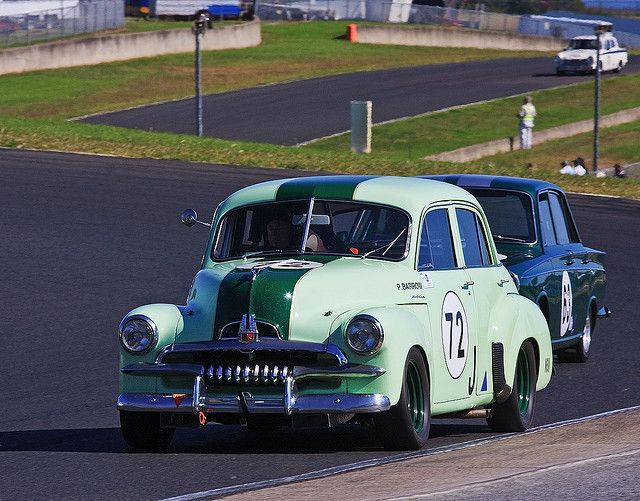
The Holden FJ’s legacy extends beyond its role as a family car. It also made its mark in the world of motorsport, particularly in the realm of touring car racing. The FJ’s rugged and reliable nature made it a popular choice for racing teams and privateers looking to compete in local and national events.

In the late 1950s and early 1960s, the Holden FJ became a dominant force in Australian motorsport, earning victories and championships in various touring car categories. Its success on the track further solidified its reputation as a formidable performer and a car that was loved by both drivers and fans alike.
Collectibility and Restorations
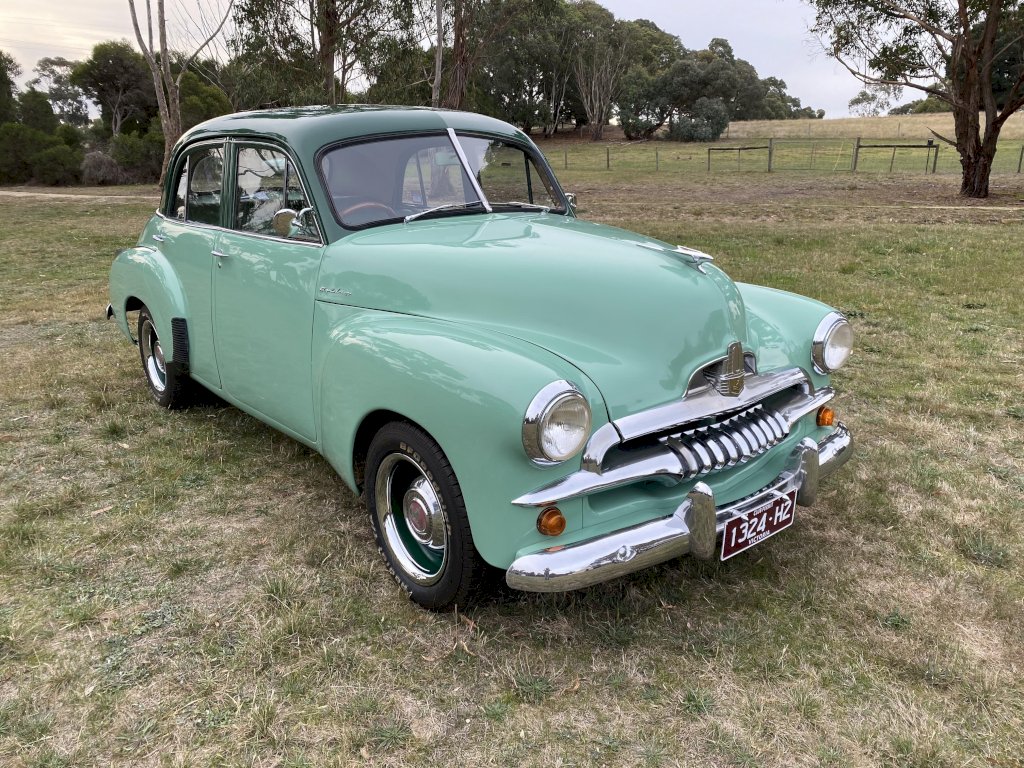
As the years have passed, the 1955 Holden FJ has become a sought-after collectible among automotive enthusiasts and collectors. Its iconic design, historical significance, and connection to Australian culture have contributed to its desirability.
Many enthusiasts undertake restorations of original FJ models to preserve their beauty and historical significance. Restorations often involve sourcing authentic parts and ensuring that the car is returned to its original factory condition.
Conclusion
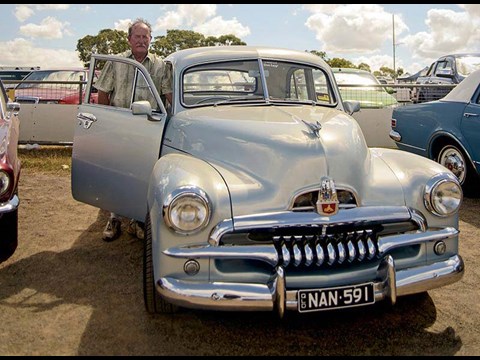
The 1955 Holden FJ remains an iconic and cherished symbol of Australian automotive history. From its classic design and reliable performance to its cultural impact and racing success, the FJ continues to be celebrated as a true Australian icon.
As a car that symbolizes an era of Australian manufacturing and ingenuity, the 1955 Holden FJ holds a special place in the hearts of Australians and automotive enthusiasts worldwide. Its enduring legacy as a beloved classic car ensures that it will continue to be celebrated and cherished for generations to come, preserving its rightful place as a legendary icon of Australian automotive history.

